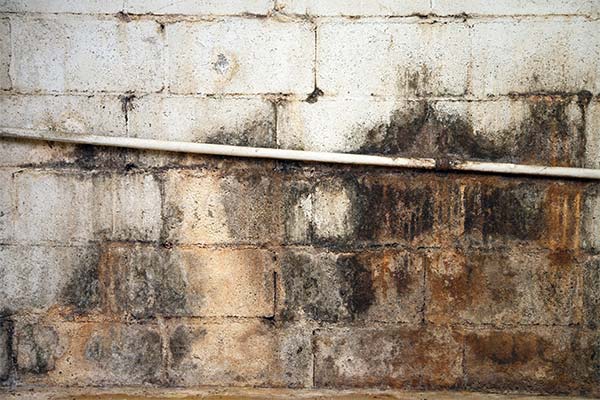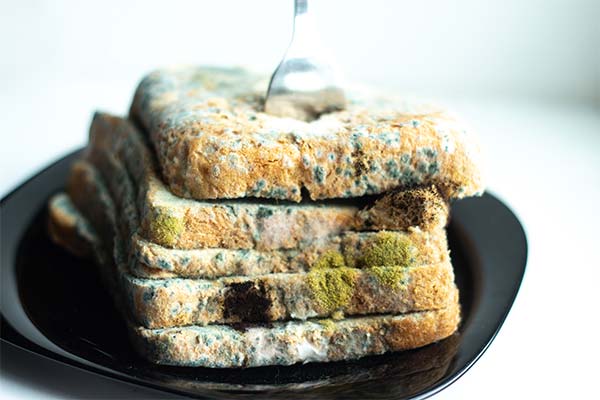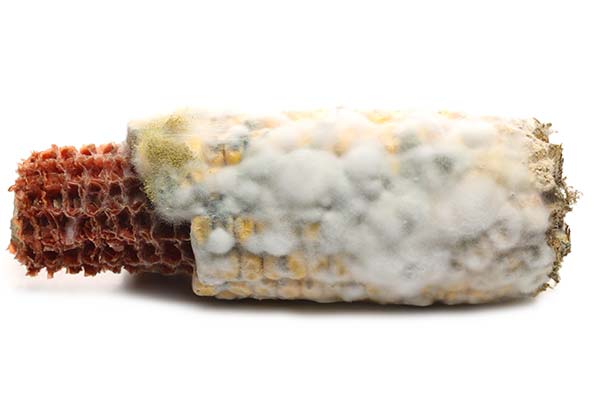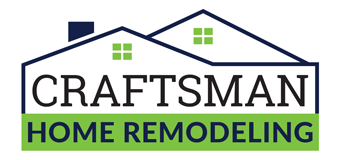BASEMENT MOLD REMOVAL
PROFESSIONAL BASEMENT MOLD REMOVAL SERVICES IN ROCHESTER, NY
Finding mold in your basement can be worrisome, especially if you're unsure if it is toxic or not. Mold in large amounts can cause serious effects to your health. Side effects can be minimal and cause allergy or cold-like symptoms such as runny nose, watery eyes, and a sore throat. Other symptoms can be worse like severe headaches, respiratory problems, and severe allergic reactions.
The best thing you can do if you know you have a mold infestation in your basement is to call the team at Craftsman Home Remodeling. Experts in basement mold removal, you’ll be guaranteed to have your basement back to pre-mold conditions. If you’re not sure if you have mold, see some common signs and causes of basement mold.

Signs and Causes of Basement Mold
One of the first signs of mold is the odor. Basements often have a dank scent (if it is unfinished) but that mold odor brings the scent to another level. Mold tends to smell musty and earthy, often unmistakeable and you just know it's mold.
Basements are more prone to mold because a majority of them are damp. Mold needs organic materials and moisture to grow. Once those components are available, mold can grow and spread rapidly.
There are various causes of mold and mildew growth in basements including leaky pipes, cracked foundations, flooding, and overflowing sump pumps. Additionally, if the basement walls are not sealed, or don't have a moisture barrier installed, water can seep through. Many people use their basement for storage, so once those items become damp, mold has the potential to grow.
The process for removing mold is the same regardless of the cause: identify and fix the source of moisture, contain the affected area, remove contaminated or damaged materials, clean the mold, and dry everything thoroughly.
There are thousands of mold types, and many of them may be found in your home. Some are more common than others, however, mold varies in toxicity.
Types of Mold that Can Be Found in the Basement
Basements on average are dark, damp, and often pretty stuffy. These ingredients along with organic materials and porous surfaces make it perfect for mold to grow. You can often find black, white, green, or yellow molds growing within your basement.
However, the appearance of molds can vary. Some are fluffy or powdery, while others are slimy and wet. They can be flat or raised, and some even have hair-like growths sticking out of them.
There are so many different kinds of molds—many of which look a lot alike—that you should not rely on appearance alone when identifying molds. You should use a mold test or an air quality test to identify the exact species of mold growing in your home.
Some of the most common types of mold in your home can include:
Cladosporium

Penicillium

Stachybotrys

Aspergillus

Basement Mold Testing
Basement Mold Remediation Costs
Basement mold removal costs can range anywhere from $1,500 to $20,000 and up. Many factors determine the cost including the location, how large the affected area is and the severity of the damage.
In addition to fully remediating the mold, the musty odors need to be removed as well. Once the mold is gone, other repairs may be required to fix the damage caused by the mold. The professionals at Craftsman Home Remodeling will walk you through the whole process, and ensure the job is done right.
5-Star Customer Review
"Phil Jr has helped me with a great deal of mold work throughout my home, my entire basement needed to be gutted and remodeled. Phil walked me through every step of the way from start to finish and all-around made a stressful week in my home feel a little better. Craftsman home remodeling is an extremely experienced company in almost any aspect of construction/remodeling work. Definitely earned their 5 stars from me"
-Johnny Lynn
Where to Find Basement Mold Hiding
Basement mold grows in moist areas. To check for mold, look under sinks, around window frames, on baseboards, underneath the flooring, and behind damp drywall.
Damp Drywall (finished basements) - Dealing with this type of mold is often due to an underlying issue. It is important to resolve the problem before trying to fix the issue with the mold. Otherwise, it will continue to occur.
Concrete Walls/Floors - When there are cracks in the concrete lower to the ground, water and moisture can begin to seep through. This can cause mold to begin growing on nearby items and even the wall or floor itself.
Carpet or Furniture - Many unfinished basements are prone to moisture. If there is carpet or other types of furniture in the basement area, they are going to be prone to mold due to the moisture content.
Other Household Items - Often, basements are used for storage areas. If the basement is damp, there is a good chance mold has the opportunity to grow. The various items stored could become a food source for molds such as papers, textiles, and wood.
DIY Basement Mold Removal
Cleaning up and removing mold may seem like something easy enough to do on your own. Although the EPA recommends that the area is more than 10 square feet to call a professional.
If you decide to tackle the job on your own, look over our checklist to make sure you have everything needed to get the task done. The professionals are prepared with all required equipment and can effectively remediate the mold in your basement.
What You Need For DIY Mold Removal
- Facemask
- Protective Eyewear
- Gloves
- Cleaning Brush
- Sponge
- Mold Remover
- Cleaning Solution
- Bucket
- Spray Bottle
- Dehumidifier
- HEPA Vacuum and Air Filters
Preventing Basement Mold
After you've removed mold from your basement, you'll need to take steps to prevent it from coming back. Mold can be tricky to prevent, but there are some things you can do to help. Black mold can form in dark, damp corners of your basement without you ever knowing it. Worse, it spreads very quickly.
- First and foremost, tackle whatever is causing the water or moisture situation. If there is a leaky pipe, it must get fixed, otherwise, the mold will keep coming back even after it has been removed. You’ll want to also ensure all your windows and doors are properly sealed as well. If you continue having a moisture problem, it may be wise for a consult on floor and wall sealing to keep moisture out.
- Get Rid of Mold Affected Items. If using your basement for storage, some items may become moldy if they have become damp. Leaving these items because they are “sentimental” may cause more mold growth in other areas of the basement. When mold has grown on non-removable items such as walls, load-bearing beams, and floors, it is best to call the professionals at Craftsman Home Remodeling.
- Keep your basement dry and moisture-free. Using high-powered fans to dry out a damp basement can help prevent mold problems. Additionally, investing in a good dehumidifier (and maintaining it) will also assist in mold prevention. Depending on how large your basement is, or how much moisture gets trapped within, it might be better to purchase 2 or more dehumidifiers. The CDC recommends keeping the humidity between 30 and 60%. With a basement however, keeping the humidity between 30% and 45% might be ideal.
- Regularly check for leaks or moisture throughout your home. Not all mold can be seen, so it is important to make note of any musty odors as well. If you're unsure of where to check, you can schedule regular mold inspections with a professional.
- Use mold sprays or DIY solutions. You can purchase cleaning materials that can help kill mold spores. Other DIY methods may be safer to use around your home such as citrus and distilled white vinegar. Products such as these can help reduce the likeliness of mold spore growth.
When you Need a Professional

Having professional basement mold removal completed is a sure way to know the mold is gone. Often, there is more to the process than just cleaning up the mold. There are often leaks, water-damaged areas, boards that need replacing, and air purification that needs to be done.
Depending on where the mold has spread to, it could have traveled into your air ducts which means the mold can be spread throughout your home. The crew at Craftsman Home Remodeling has been trained and certified to effectively remove mold from anywhere in your home (no matter how bad it is).
